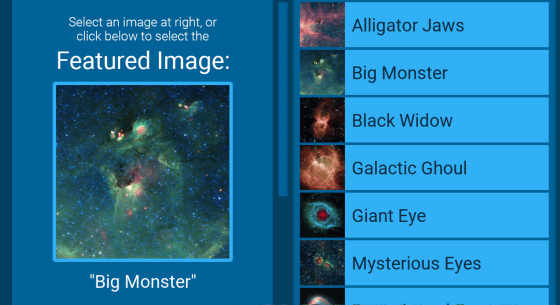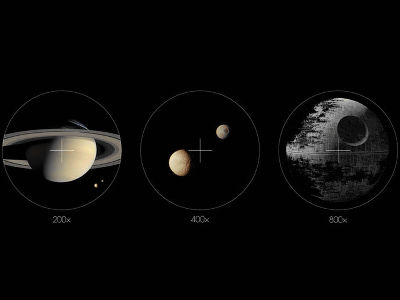'Nebula that looks like Godzilla' taken by NASA's space telescope is released

'Image of a nebula that looks like Godzilla ' taken by NASA's Spitzer Space Telescope was released on October 25, 2021. In the area where this nebula is located, countless new stars have been created for billions of years.
A'Monster' Star-Forming Region Spied by NASA's Spitzer
https://www.jpl.nasa.gov/news/a-monster-star-forming-region-spied-by-nasas-spitzer
NASA shares image of nebula that looks like GODZILLA | Daily Mail Online
https://www.dailymail.co.uk/sciencetech/article-10135739/NASA-shares-image-nebula-looks-like-GODZILLA.html
NASA's Spitzer Space Telescope is an infrared-based space telescope launched in August 2003 and has been in operation for 16 years until January 2020. Even after the operation is completed, astronomers are continuing to investigate the huge data set taken by the Spitzer Space Telescope in search of new discoveries about the universe.
Looking at the data from the Spitzer Space Telescope, Robert Hart of the California Institute of Technology discovered that a nebula looked like Godzilla. If you move the slider in the image below to the left or right, you can compare the original image with the image that emphasizes the appearance of Godzilla by drawing an auxiliary line. There is a red light that hits 'Godzilla's eyes' in the upper center of the image, a vaguely shaped outline of the face and torso in the green part, and a bright light that hits Godzilla's hand in the lower left.
This nebula Milky Way along the plane of the Sagittarius exist, the star corresponding to the eyes and nose of Godzilla is the same as the Earth galaxy located in the. In addition, the bright area on the right side of Godzilla is an area called 'W33 ' about 7800 light-years away from the earth, and it seems that stars are formed from molecular clouds (interstellar gas) and cosmic dust.
If you use only visible light that is visible to the human eye, this nebula will be blurred by dust and clouds. However, the Spitzer Space Telescope can use infrared light to photograph the universe, allowing it to penetrate clouds and capture hidden areas behind it, NASA said. The four colors of blue, cyan, green, and red that make up each part of the nebula are not the actual colors, but are used to represent infrared light of various wavelengths. Blue and cyan are mainly wavelengths emitted from stars, green is organic molecules such as dust and hydrocarbons , and red is warmed by stars and supernovae.
'I wasn't looking for a monster. I happened to glance at an area I had seen several times before, but never zoomed in. One area was different. If you cut it out in the same way, you can see what you couldn't see before. The eyes and mouth of this nebula shouted to me, 'Godzilla.'
In addition, in the Spitzer Artistronomy web application released by the California Institute of Technology, you can combine nine nebula pictures taken by the Spitzer Space Telescope with drawing tools and write 'the shape you found from the nebula picture' with a white line. Is possible.
Design a Ghoul
https://www.spitzer.caltech.edu/apps/artistronomy/

Related Posts:







